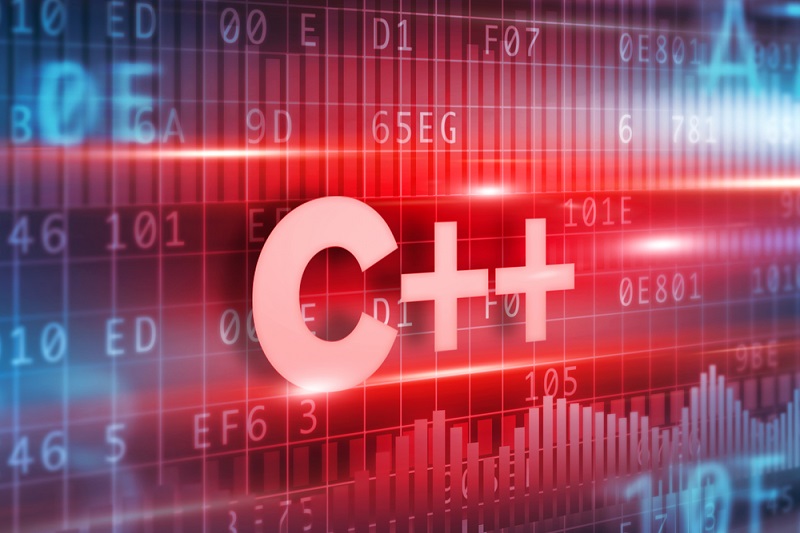
Basics of C++ Programming Language
C++ provides a basic and advanced concept of the same. C++ is also an object-oriented programming language(OOPS), which is basically an extension to the C programming. It consists of topics like objects and classes, control statements, inheritance, constructor, static, destructors, polymorphism, abstract classes, abstractions, namespace, interface, encapsulation, strings, arrays, exception handling, File IO etc. Before learning c++ one should have at least some basic knowledge of c.
C++ is a case-sensitive, general purpose, free form of programming language which supports the procedural, object-oriented and generic programming. This is a middle-level language because it encapsulates both the low as well as the high levels of language features. The four main pillars of the object-oriented programming, utilized in c++ are, polymorphism, abstraction, inheritance, and encapsulation. C++ online test evaluates and grades the candidates who can serve as good developers in such institutes.
The standard c++ programming can be launched into three significant portions:
- The standard library usually includes a set of functions like files, manipulating strings etc.
- The central library, however, includes the information type, parameters, and literals etc.
- The standard template library abbreviated as STL includes a set of processes which manipulate a data structure.
- With the aid of this programming language, various kinds of robust and extremely secured applications can be developed. Examples of such applications are the client-server application, window application, embedded firmware, device drivers etc.
- As the C++ is a multi-prototype, it can support both the object-oriented as well as procedural.
- C++ follows the approach of bottom-up.
- In this programming language, modifiers can be used for class members, in order to make it inaccessible to the external users.
- Needless to say, it supports the overloading of functions, and hence we can use functions in the structure.
- It supports the various reference parameters. It utilizes stream can and court for the performance of the input and the output operations respectively.
- In c++ programming the programs are essentially divided into classes and functions. Operator overloading is not uncommon here.
- It also supports the characteristics of a namespace. It gives an exception handling with the help of try and catches block.
- This was devised in 1980 by Bjarne Stroustrup at the Bell laboratories of the American telephone and telegraph, now located in the United States of America. And was basically developed for the addition of features in the object-oriented programming language in c, without changing the composition of c.
- C++ programming is essentially known as a relative superset of the C programming language. This means that any sensible C program is also a valid C++ program. Some programming languages that were developed before the C++ programming language for the Algol language which was developed by the International Group. The traditional BCPL language which was developed by Martin Richard and many more.
The fundamental features of the C++ programming languages are portable or machine independent, structured programming language, memory management, simplistic approach, middle-level programming language, rich library, pointers, fast speed, compiler based, recursion, object-oriented and extensible.
